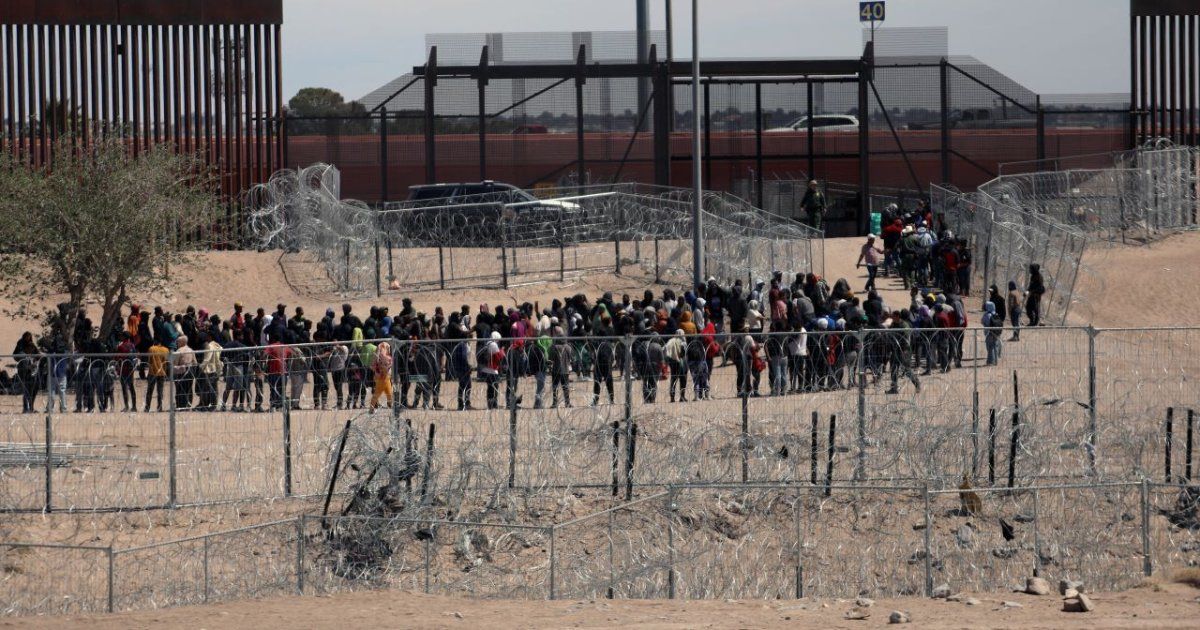Peter S. Goodman/The New York Times
Sunday, January 01, 2023 | 22:17
Mexico City- As American companies recalibrate the risks of relying on Chinese factories to make their products, some are moving their businesses to a much closer country: Mexico.
The developing trend known as “nearshoring” has caught the attention of none other than Walmart, the Arkansas-based global retail empire.
In early 2022, when Walmart needed $1 million worth of company uniforms (more than 50,000 in a single order), it bought them not from its usual suppliers in China, but from Preslow, a family-owned apparel company in Mexico.
It was February 2022, and the contours of world trade looked set to shift. The worst pandemic in a century had disrupted shipping. The cost of transporting goods across the Pacific had skyrocketed, and ports were saturated with floating traffic jams, a clear indication of the dangers of relying on a single, far-off country for critical goods.
Among multinational companies, decades of faith in the merits of making things in China had come under scrutiny, especially as animosity between Washington and Beijing intensified.
In his office in Mexico City, Isaac Presburger, Preslow’s director of sales, interpreted Walmart’s request as a sign of his country’s evolving role in the economy and of the opportunities that come from sharing the same side of the world. Pacific with the United States.
“Walmart had a big problem with their supply,” Presburger recounted. “They said, ‘Okay, Mexico, save me.'”
Basic geography is a determining factor for US companies to relocate their business to Mexico. Shipping a full container of goods to the United States from China typically takes a month, a period of time that has doubled and tripled during the worst disruptions of the pandemic. However, factories in Mexico and retailers in the United States can come online within two weeks.
“Everyone who sources from China understands that there is no way around the Pacific Ocean, there is no technology for that,” said Raine Mahdi, founder of Zipfox, a San Diego-based company that links factories in Mexico with US companies that they look for alternatives in Asia. “There’s always this push from customers: ‘Can you get it here faster?’”
During the first 10 months of 2022, Mexico exported $382 billion worth of goods to the United States, an increase of more than 20% over the same period in 2021, according to US Census data. Since 2019, US imports of Mexican products have increased by more than a quarter.
In 2021, US investors invested more money in Mexico (buying companies and financing projects) than in China, according to an analysis by the McKinsey Global Institute.
China will almost certainly remain a central component of manufacturing for years to come, trade experts say. But the shift to Mexico represents a marginal redistribution of global manufacturing capacity amid recognition of dangers, from geopolitical realignments to the growing challenges of climate change.
“This is not about deglobalization,” said Michael Burns, managing partner at Murray Hill Group, a supply chain-focused investment firm. “It’s the next stage of globalization that focuses on regional networks.”
Since the United States, Mexico, and Canada operate within an expansive trade zone, their supply chains are often intertwined. Each contributes parts and raw materials used in the products finished by the others. Cars assembled in Mexico, for example, rely heavily on parts produced in factories in the United States.
Overall, about 40% of the value of Mexico’s exports to the United States consist of components made in US plants, according to a seminal research paper. However, only 4% of China’s imports are American-made.
A Walmart representative described the company’s interest in Mexico as part of an effort to make its supply chain less vulnerable to problems in any region.
For now, Mexico lacks the capacity to take China’s place as the dominant supplier of a wide range of goods.
At the Preslow factory, some 50 miles north of Mexico City, 200 seamstresses bent over noisy sewing machines one recent morning, sewing garments amid Mexican folk music. Local designers sat in front of computer screens, conjuring up new creations.
However, the storage shelves were filled with rolls of synthetic fabric, almost all of it made in China.
“All the basic materials are still imported from China, because there are no suppliers here,” Presburger said. “The fabrics I use are impossible to find in Mexico.”
geopolitical realignment
Some within the garment industry anticipate that Mexico’s appeal will fade as normalcy returns to the global supply chain.
Shipping prices have dropped dramatically over the last year. China has started to relax Covid-19 restrictions. Chinese clothing manufacturers are aggressively courting businesses by offering deep discounts, according to Bernardo Samper, a longtime New York sourcing agent.
“At the end of the day, it all depends on prices,” he said.
Inside Mexico, however, companies are counting on continued US-China acrimony.
Russia’s invasion of Ukraine and deepening ties with China have amplified the sense that the world is splitting into different camps of allies and enemies.
Reliable supply chains
Lectra, a French company that makes machines that cut fabric into pieces for the garment industry, has seen its sales in Mexico and Central America grow by nearly a third over the past year.
“What is driving this nearshoring is basically the situation between the United States and China,” said the company’s commercial director for the region, Carlos Sarmiento.
“It’s not that China is going to disappear from the US market,” he added. “It is that there is more openness to look at Mexico and Central America as an alternative instead of depending completely on China.”

